News
The Camera is Haunted: An Interview with Polaroid director Lars Klevberg
A haunted Polaroid camera kills everyone it photographs. This was the premise of a fifteen-minute short film called Polaroid, which was directed and written by Norwegian filmmaker Lars Klevberg, who made the short film for the express purpose of turning the concept into a feature. Klevberg’s wish has come true.

When it was screened in 2015, the short film quickly attracted Hollywood’s attention. Producer Roy Lee, known to genre audiences for the Grudge and Ring films, immediately recognized Polaroid’s feature potential. “When I saw the short film called Polaroid, I knew right away that it was a strong enough concept to develop into a feature film,” says Lee. “It takes a lot to scare me these days, because I’ve probably seen more horror movies and short films than anyone else in Hollywood, for work and as a fan of the genre. Polaroid scared me when I was watching it on my laptop in my office. I believed that if we could expand the short film into a full-length feature film, it would deliver an experience as scary as The Grudge or The Ring.”
Instead of hiring a new director to adapt Polaroid, Lee picked Klevberg. “I could tell right away that Lars was a talent whom I wanted to be in business with,” says Lee. “Lars came up with the concept and put together the amazing short film, so there was no one better suited to turn it into a feature. He was able to create a strong feeling of dread and tension in a limited amount of time in the short film, and I knew that it would be great to see what else he could accomplish with more screen time.”

The feature version of Polaroid, which was written by Blair Butler, tells the story of Bird Fitcher (Kathryn Prescott), a high school loner who takes possession of a vintage Polaroid camera. Bird soon discovers that the camera houses a terrible power: Everyone who has their picture taken by the camera meets a violent death. Bird and her friends race to solve the mystery of the haunted camera before it kills them.
In May, I had the chance to interview Klevberg about Polaroid, which was originally supposed to be released in August. Polaroid is now scheduled to be released on December 1, 2017.
DG: Lars, can you talk about the journey that you, and Polaroid, have taken over the past three years, from the production and release of the short film, to having your project optioned by Hollywood, and then the process of turning your short film into a feature, and now its imminent release?
LK: It has been a very busy year. I jumped on a plane in January to start a very short prep. We shot for twenty-five days, and then I touched ground in Norway, before I went to L.A to start the post-production, which is what I´m doing right now.
DG: Lars, when you made the short film, did you envision its feature potential, and how would you describe the process of turning a fifteen minute short film into a feature?
LK: Yes. When I wrote the script, I knew this had the potential to be picked up in Hollywood. So I already had a plan for it then. And it did. The core idea was very thrilling and scary. The process has been interesting indeed. When you’re working for Bob [Weinstein] and his team, you pretty much have to be prepared to saddle-up at any moment. Making the feature has been a faster process than the short, and that says a lot.
DG: Lars, for those who haven’t seen the short film, what are the biggest differences between the short film and the feature film, and what were the biggest challenges you faced in terms of transforming the short film into a feature length screenplay?
LK: In terms of bringing a short into a feature, the biggest challenge is always the story—the story and the characters. Then he was had to rebuild the mythology, in terms of the camera, and shape it as we moved forward with the story. Everything has to fit. The short film is very slow and suspenseful, and it doesn’t give away everything until the absolute last minute. I wanted to take that with me into the feature version.
DG: Lars, what did Blair Butler, who’s primarily known for her comedy writing, bring to this project that helped you conceptualize this as a feature, and maybe took the characters and story in directions that you never envisioned when you made the short film?
LK: Blair brought some human touches to Bird, the main character. These are small, almost invisible moments. This was very good and brought more depth to the character.
DG: Lars, how would you describe the journey that Bird Fitcher, the character played by Kathryn Prescott, takes in this film, in terms of the arc of her character and her relationship with the Polaroid camera?
LK: Bird is a very lovable protagonist. It was important for us to have a protagonist who presented this empathic and non egoistic human being without feeling forced, because she is the opposite of what the film is about. Having a protagonist with a back-story and multiple layers is something I always find interesting. Bird’s emotional back-story and personal interest is a big part of how she is capable of overcoming her biggest fear to date. The character is beautifully portrayed by Kathryn.
DG: How is the Polaroid camera introduced into the story, and what was your strategy, and what techniques did you use, in terms of presenting this camera, this object, as the villain of your film?
LK: We introduce the camera pretty early on in the film. The audience will quickly understand that this thing can generate some really horrifying moments. So when the camera ultimately ends up with Bird and her friends, the audience is already extremely alerted to the camera’s potential.
DG: Lars, is there a “clock” in the story, in terms of how much time Bird and her friends have to respond to the camera’s evil powers, and what are the “rules” in the film, in terms of how it attacks, and how, possibly, it can be defeated?
LK: Kind of. People are dying, and it won’t stop until Bird finds a way to stop it. I won’t go to specific about the rules, but it was important for us to create something menacing that was integrated into everything in the film. I’m talking about the theme, the symbols, premise, the technology, the society. Everything is neatly baked together to create something unique and horrifying.
DG: Lars, Polaroid has been compared to films like Final Destination and The Ring, and I was wondering if you think these comparisons are justified, and if there were other genre and stylistic influences that you brought to this story?
LK: Yes. I´m a huge fan of the Ju-On films. In making the short film, I wanted to go in that direction but add the Norwegian feel to it. Great horror films represent the society in different ways—The Ring, Alien etc. It was important to me that Polaroid represented something that we all can identify with. In Polaroid, it’s the narcissistic and selfish way we live. Posting pictures online, taking “selfies” and generally not connecting too much with the people around you. Emotionally. We live in a world with a lot of tools to get closer and be more social, but it kind of makes for the opposite. We become more isolated. We are heading towards something not good in terms of a self-imposing, narcissistic society.
DG: Lars, what was the stylistic and visual strategy that you and your cinematographer and production designer outlined for this film, and how did you achieve this, and how would you describe the atmosphere, look, and tone of the film?
LK: I´m a very visual storyteller. I like presenting ideas and emotions visually. I am a huge fan of the old way of shooting noir films, with hard contrast and low key lighting. I wanted to bring that into Polaroid together with the minimalistic approach of Edward Hopper. Trying to bring the art into Polaroid. Also, I looked at paintings from Caravaggio and Edward Munch, which was something that defined the look. I don`t dislike the gritty handheld design of most of the new horror films coming out, but I knew, pretty early on, that I would go for something different. There are a lot of direct references to famous paintings in the film, and you will find them if you are looking. Talking with Ken Rempel, the production designer, and Pål Ulrik Rokseth, my DP, we built a look around that. Watching Polaroid on the cinema, I´m pretty sure you will spot the big difference. Polaroid won’t look like its siblings.
DG: Lars, what was the biggest challenge you faced in making this film?
LK: The time to do it. The script was massive for its size. There were 136 scenes with a lot of action and forward momentum.
It was very, very challenging to get all of that considering the amount of locations, SFX, VFX and everything we had in our script.
DG: Lars, why did you film in Nova Scotia, Canada, instead of somewhere in America, and what are the main locations, settings, in the film?
LK: Dimension did The Mist there. It actually gave the perfect look for the film. I was really happy. It`s snowy, cold, and it just creates something different and visual. It reminded me of Norway, which gave the film something unique and interesting. The bad side was that I finally could make a Hollywood film but I didn’t get sun and palm trees. It was like Norway 2.0.
DG: Lars, as someone who grew up in Norway, I wonder if your teenage experience was relatable to that of Bird’s and her contemporaries, and the American high school/teenage experience as a whole, especially in terms of issues like bullying and peer pressure. Question: Was this something you had to adapt to, a major difference between your short film and this feature, and what is it about the high school experience that you think lends itself to the horror genre, most notably in Carrie, and now your film?
LK: No, not really. A director’s job is to create that. To be able to dive into people and places and do whatever’s necessary to understand that process. But I grew up with the American horror films taking place at school. Nightmare on Elm Street, The Faculty, Scream etc. I love those movies. Having the school setting is just a natural way of presenting your characters if you are not having them on vacation or it’s a weekend. But in Polaroid, the school gets a much bigger part than I expected. I loved going back to those places and create my own high school horror. Your question about Carrie is interesting. I think it has something to do with how we respond to the world and to our surroundings when we are at that age (high school). What we consider as premature problems when we get older can mean life and death at that stage, literally speaking. There’s a lot of insecurity. I also think many artistic creators have a lot of memories from High school, and many not good ones. They carry those memories with them throughout their life. When they get older and start writing or expressing their feelings, a lot of influence will probably come from those experiences. So that might be a reason for why there are so many stories told from that perspective.
'Civil War' Review: Is It Worth Watching?
Follow our new YouTube channel "Mysteries and Movies" here.

News
Russell Crowe To Star in Another Exorcism Movie & It’s Not a Sequel

Maybe it’s because The Exorcist just celebrated its 50th-anniversary last year, or maybe it’s because aging Academy Award-winning actors aren’t too proud to take on obscure roles, but Russell Crowe is visiting the Devil once again in yet another possession film. And it’s not related to his last one, The Pope’s Exorcist.
According to Collider, the film titled The Exorcism was originally going to be released under the name The Georgetown Project. Rights for its North American release were once in the hands of Miramax but then went to Vertical Entertainment. It will release on June 7 in theaters then head over to Shudder for subscribers.
Crowe will also star in this year’s upcoming Kraven the Hunter which is set to drop in theaters on August 30.
As for The Exorcism, Collider provides us with what it’s about:
“The film centers around actor Anthony Miller (Crowe), whose troubles come to the forefront as he shoots a supernatural horror movie. His estranged daughter (Ryan Simpkins) has to figure out whether he’s lapsing into his past addictions, or if something even more horrific is occurring. “
'Civil War' Review: Is It Worth Watching?
Follow our new YouTube channel "Mysteries and Movies" here.
Movies
New F-Bomb Laden ‘Deadpool & Wolverine’ Trailer: Bloody Buddy Movie
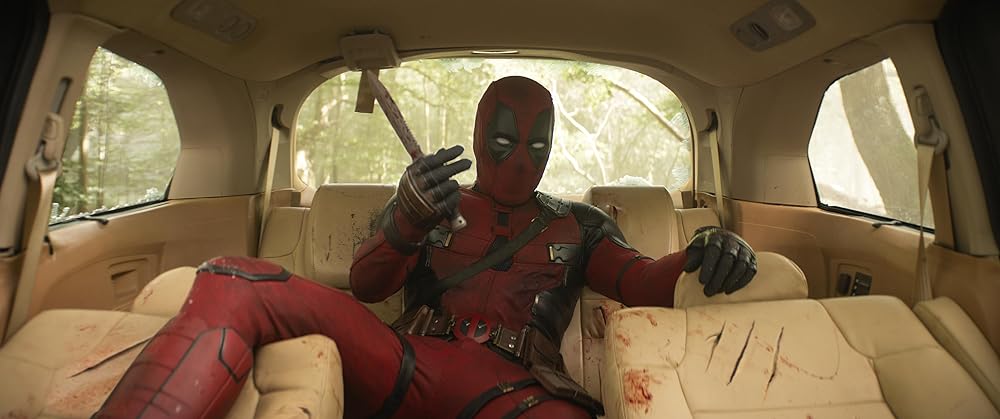
Deadpool & Wolverine might be the buddy movie of the decade. The two heterodox superheroes are back in the latest trailer for the summer blockbuster, this time with more f-bombs than a gangster film.
This time the focus is on Wolverine played by Hugh Jackman. The adamantium-infused X-Man is having a bit of a pity party when Deadpool (Ryan Reynolds) arrives on the scene who then tries to convince him to team up for selfish reasons. The result is a profanity-filled trailer with a Strange surprise at the end.
Deadpool & Wolverine is one of the most anticipated movies of the year. It comes out on July 26. Here is the latest trailer, and we suggest if you are at work and your space isn’t private, you might want to put in headphones.

'Civil War' Review: Is It Worth Watching?
Follow our new YouTube channel "Mysteries and Movies" here.
News
Original Blair Witch Cast Ask Lionsgate for Retroactive Residuals in Light of New Film
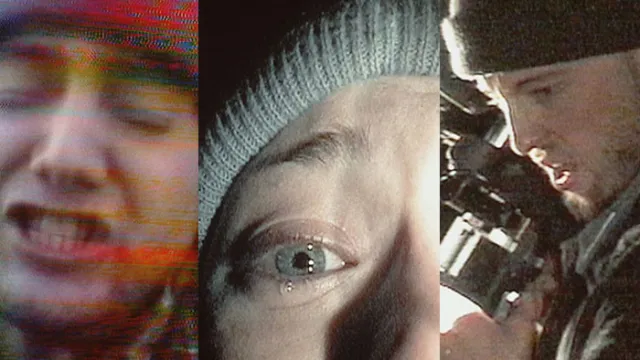
Jason Blum is planning to reboot The Blair Witch Project for the second time. That’s a fairly large task considering none of the reboots or sequels have managed to capture the magic of the 1999 film that brought found footage into the mainstream.
This idea has not been lost on the original Blair Witch cast, who has recently reached out to Lionsgate to ask for what they feel is fair compensation for their role in the pivotal film. Lionsgate gained access to The Blair Witch Project in 2003 when they purchased Artisan Entertainment.
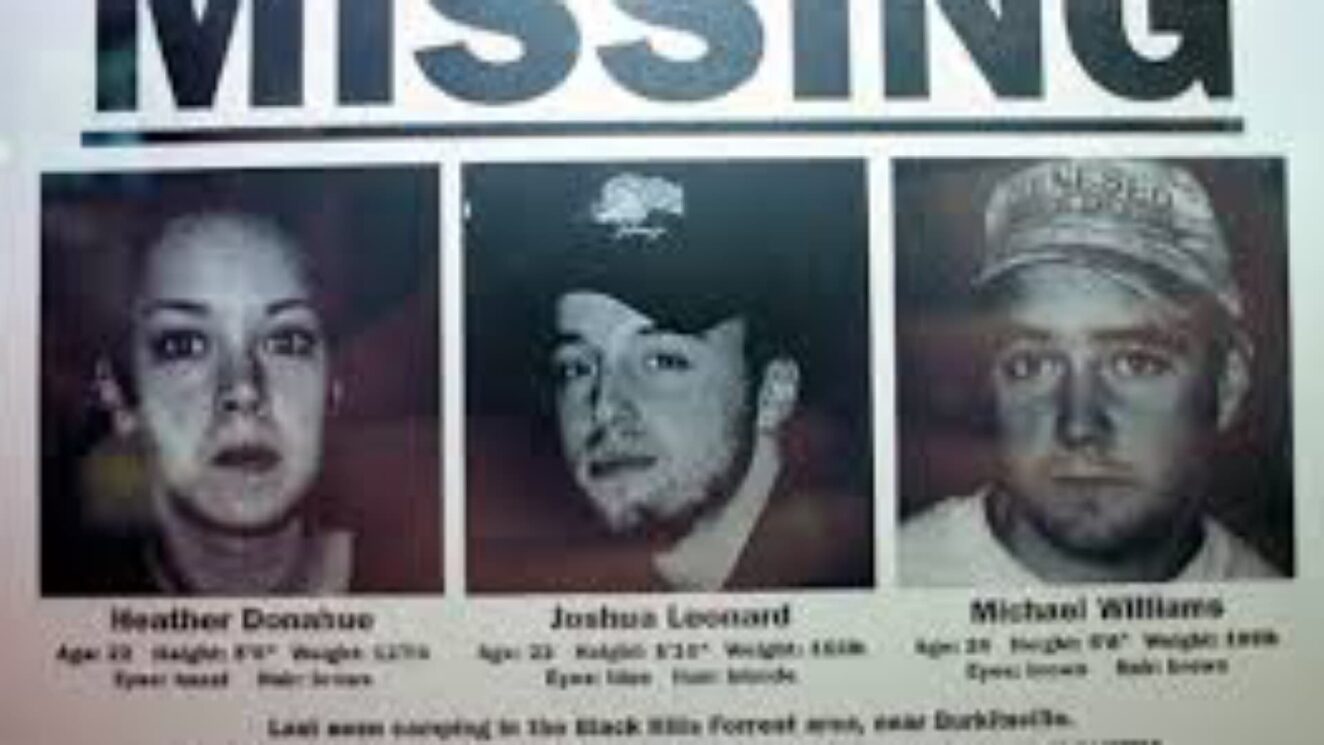
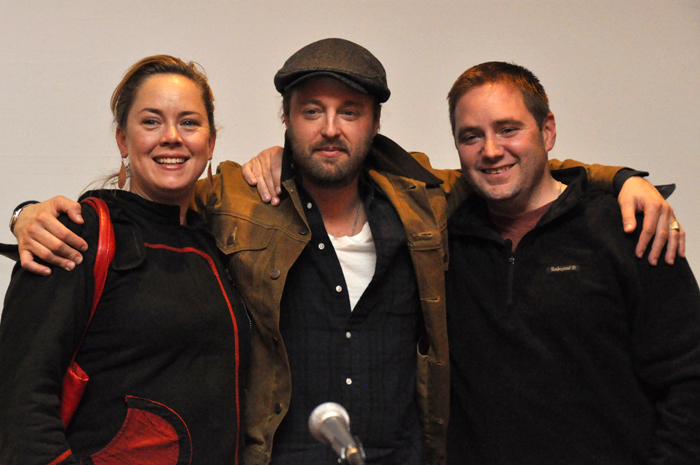
However, Artisan Entertainment was an independent studio before its purchase, meaning the actors were not part of SAG-AFTRA. As a result, the cast are not entitled to the same residuals from the project as actors in other major films. The cast doesn’t feel that the studio should be able to continue to profit off of their hard work and likenesses without fair compensation.
Their most recent request asks for “meaningful consultation on any future ‘Blair Witch’ reboot, sequel, prequel, toy, game, ride, escape room, etc., in which one could reasonably assume that Heather, Michael & Josh’s names and/or likenesses will be associated for promotional purposes in the public sphere.”
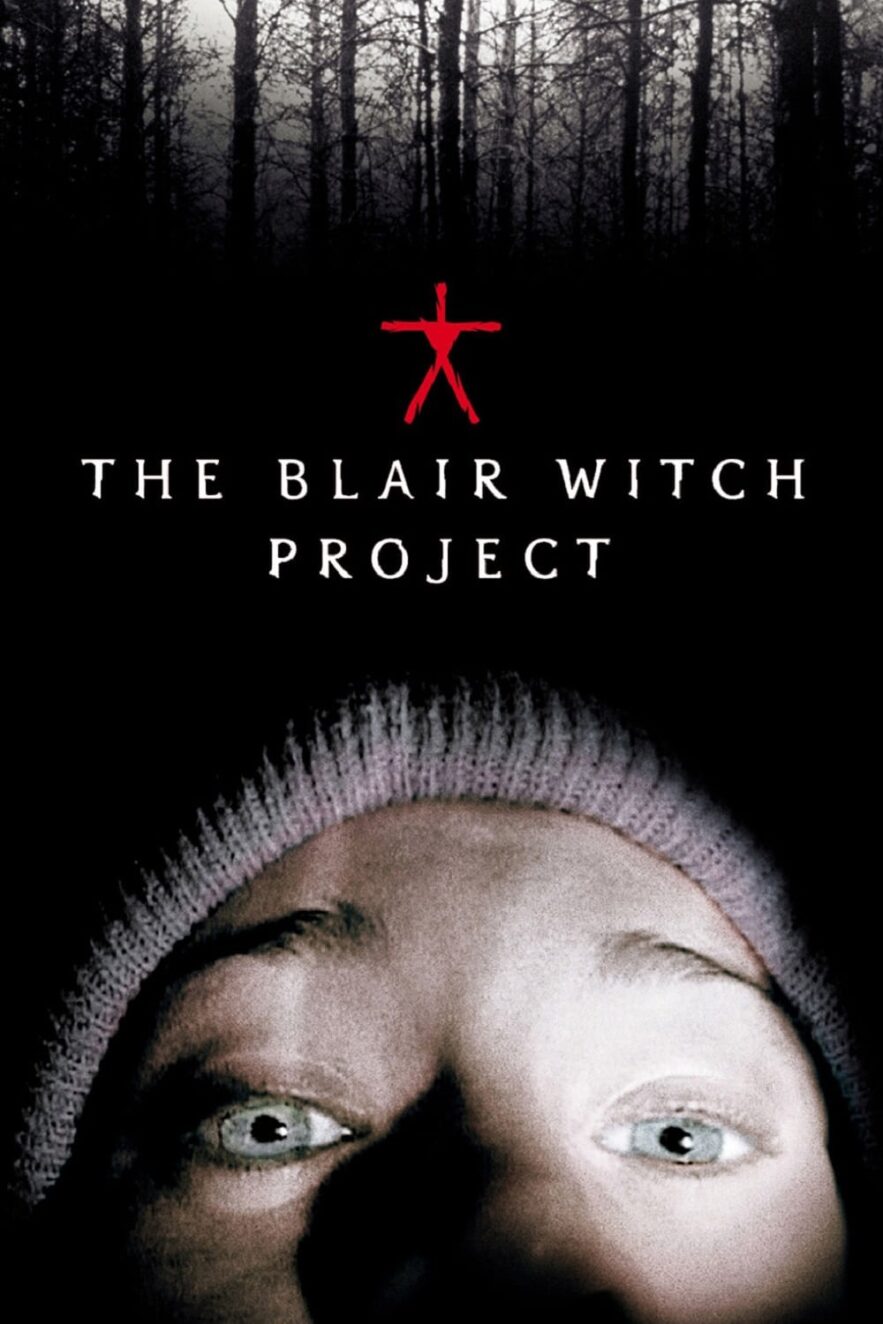
At this time, Lionsgate has not offered any comment about this issue.
The full statement made by the cast can be found below.
OUR ASKS OF LIONSGATE (From Heather, Michael & Josh, stars of “The Blair Witch Project”):
1. Retroactive + future residual payments to Heather, Michael and Josh for acting services rendered in the original BWP, equivalent to the sum that would’ve been allotted through SAG-AFTRA, had we had proper union or legal representation when the film was made.
2. Meaningful consultation on any future Blair Witch reboot, sequel, prequel, toy, game, ride, escape room, etc…, in which one could reasonably assume that Heather, Michael & Josh’s names and/or likenesses will be associated for promotional purposes in the public sphere.
Note: Our film has now been rebooted twice, both times were a disappointment from a fan/box office/critical perspective. Neither of these films were made with significant creative input from the original team. As the insiders who created the Blair Witch and have been listening to what fans love & want for 25 years, we’re your single greatest, yet thus-far un-utilized secret-weapon!
3. “The Blair Witch Grant”: A 60k grant (the budget of our original movie), paid out yearly by Lionsgate, to an unknown/aspiring genre filmmaker to assist in making theirfirst feature film. This is a GRANT, not a development fund, hence Lionsgate will not own any of the underlying rights to the project.
A PUBLIC STATEMENT FROM THE DIRECTORS & PRODUCERS OF “THE BLAIR WITCH PROJECT”:
As we near the 25th anniversary of The Blair Witch Project, our pride in the storyworld we created and the film we produced is reaffirmed by the recent announcement of a reboot by horror icons Jason Blum and James Wan.
While we, the original filmmakers, respect Lionsgate’s right to monetize the intellectual property as it sees fit, we must highlight the significant contributions of the original cast — Heather Donahue, Joshua Leonard, and Mike Williams. As the literal faces of what has become a franchise, their likenesses, voices, and real names are inseparably tied to The Blair Witch Project. Their unique contributions not only defined the film’s authenticity but continue to resonate with audiences around the world.
We celebrate our film’s legacy, and equally, we believe the actors deserve to be celebrated for their enduring association with the franchise.
Sincerely, Eduardo Sanchez, Dan Myrick, Gregg Hale, Robin Cowie, and Michael Monello
'Civil War' Review: Is It Worth Watching?
Follow our new YouTube channel "Mysteries and Movies" here.
-
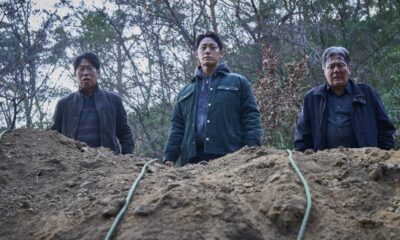
 News7 days ago
News7 days agoThis Horror Film Just Derailed a Record Held by ‘Train to Busan’
-

 News5 days ago
News5 days agoWoman Brings Corpse Into Bank To Sign Loan Papers
-

 News6 days ago
News6 days agoHome Depot’s 12-Foot Skeleton Returns with a New Friend, Plus New Life-Size Prop from Spirit Halloween
-
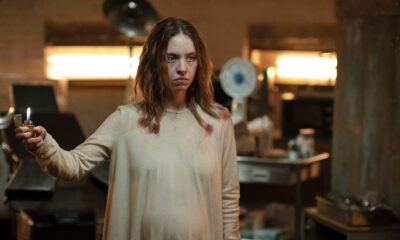
 Movies7 days ago
Movies7 days agoWatch ‘Immaculate’ At Home Right Now
-

 News4 days ago
News4 days agoBrad Dourif Says He’s Retiring Except For One Important Role
-

 Strange and Unusual4 days ago
Strange and Unusual4 days agoMan Arrested for Allegedly Taking a Severed Leg From Crash Site And Eating It
-

 Movies5 days ago
Movies5 days agoPart Concert, Part Horror Movie M. Night Shyamalan’s ‘Trap’ Trailer Released
-
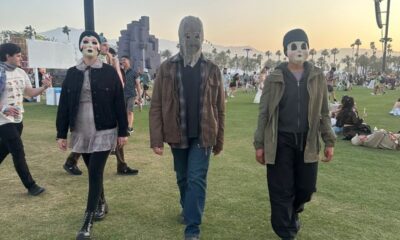
 Movies6 days ago
Movies6 days ago‘The Strangers’ Invaded Coachella in Instagramable PR Stunt
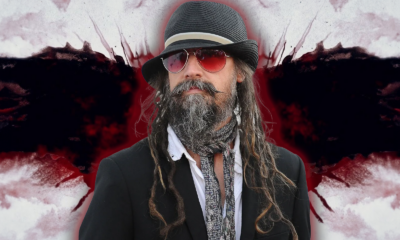

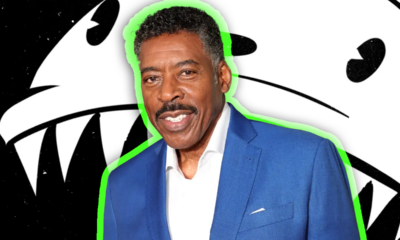

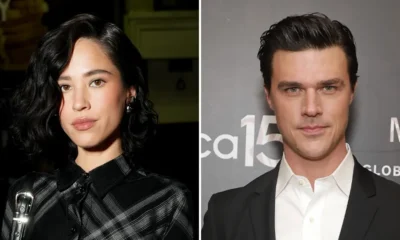















You must be logged in to post a comment Login